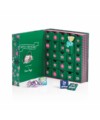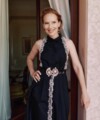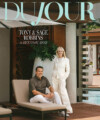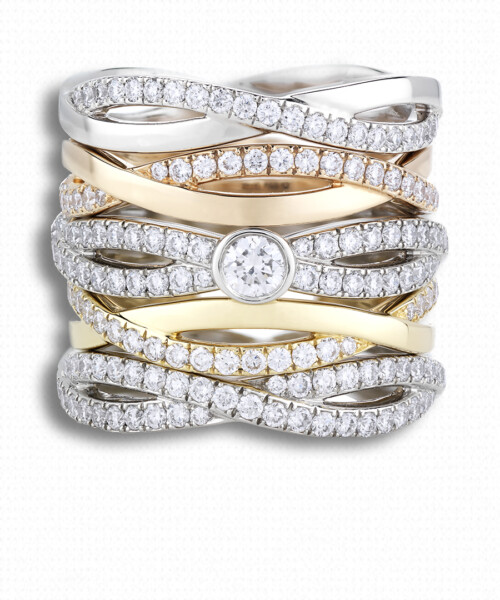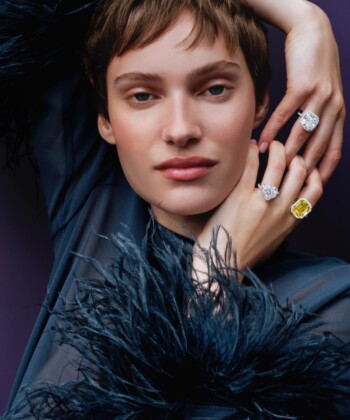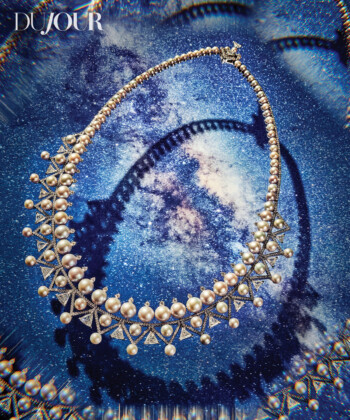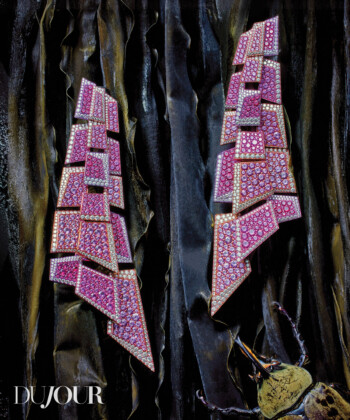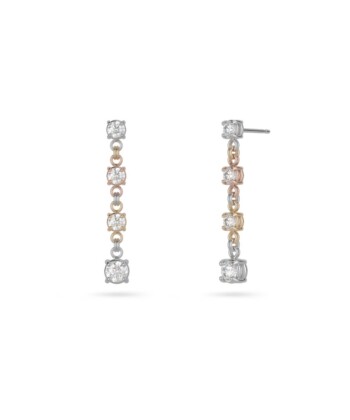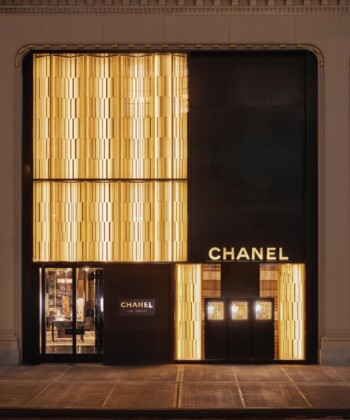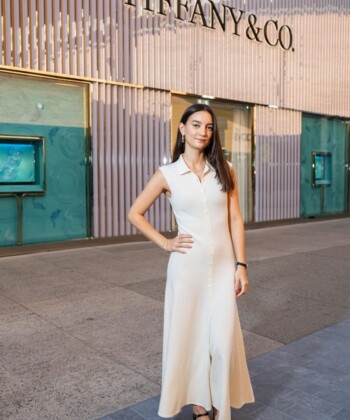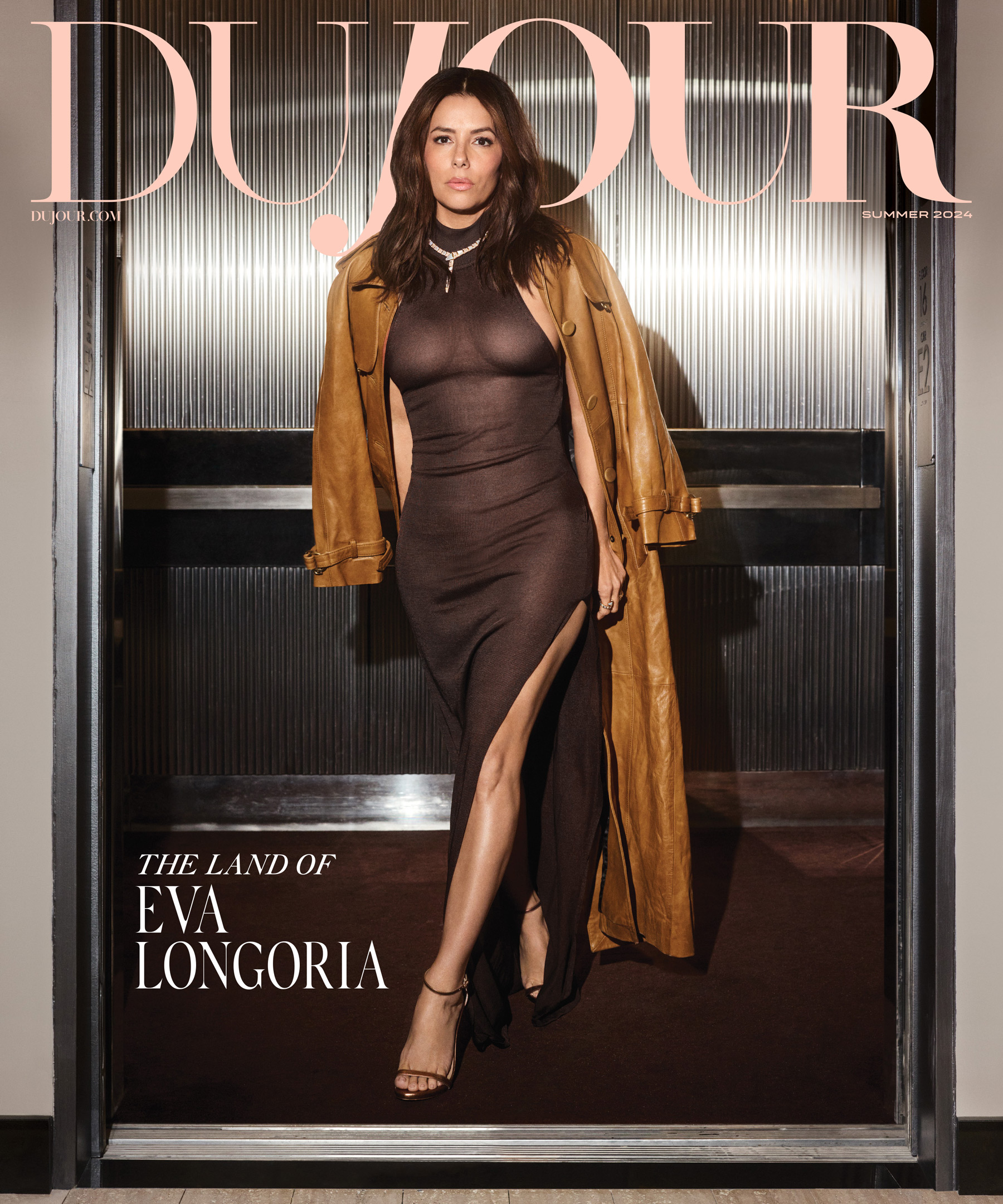For most people, a diamond engagement ring is the most important jewelry purchase they’ll ever make, and although some girls have undoubtedly had their dream ring bookmarked for years, other couples might not know where to start when shopping for such a monumental investment. The four C’s—color, cut, carat and clarity—are the most typical guidelines for picking out a diamond, but what do each of these things really mean? To get a better idea, we asked two diamond experts from very different brands to break things down for us and learned that what you’re looking for will vary depending on your personal style. President of the De Beers Institute of Diamonds Andrew Coxon’s philosophy is, “The best diamond is the one which sparkles the most,” while designer Anna Sheffield told us she sees many clients looking for unique, atypical stones. Here, they give their respective definitions of the four C’s.
Andrew Coxon, President of the De Beers Institute of Diamonds:
Color is defined by the Gemological Institute of America (GIA) into 23 subdivisions of shades from D to Z before the diamond is called Fancy Color. Color does not change the quality of a diamond, only its cost due to its rarity. The rarest diamond colour in nature is one which is completely colourless and called D color by the GIA. The least rare is X color which will be a warm shade of very light yellow, cheaper and just before Fancy Light Yellow when the cost begins to increase once again because Fancy Colour diamonds are much rarer than those which are graded D to Z colour.
Carat Weight is the weight of the diamond measured in carats. One carat is divided into 100 “points”. For example, a diamond of 50 points weighs 0.5 carats. As the carat weight increases, the diamond becomes much more rare and expensive. The advantage of buying the largest diamond that suits you, even if you must compromise on rarity of colour for example, not cut, is that you will wear it all of your life and never grow out of it.
Cut is not just the shape of the diamond, it is the most important because it controls the beauty and sparkle of the diamond and how much visual excitement you feel when you move it on your hand. Whilst cut proportions are important in terms of the length to width to depth ratios, what is even more crucial is the honest alignment of all of the 57 facets. Diamonds which have been cut for weight, not beauty, may have excellent proportions and symmetry, but imperfect alignment of all 57 facets, which work like mirrors to reflect every diamond’s fire, life and brilliance back to your eye. The round brilliant has stood the test of time and over 80% of first time buyers choose it because it sparkles the most and never goes out of fashion. It is the most expensive because the most weight is sacrificed in the name of beauty.
Clarity refers to the number and size of the internal inclusions, which are visible under x10 magnification—a jeweller’s eye glass is usually x10 magnification. The fewer number of small inclusions, the rarer the diamond. From internally flawless to VS1 qualities, however, they are usually invisible to the naked eye and the eyeglass is required to see them.
Jewelry Designer Anna Sheffield:
Color is on a scale of perfectly white to off-color and then back to vivid. So from either end of the spectrum, you’re going to have a more expensive stone, so if you have a perfectly white stone, you’re going to have a D on the alphabet scale. If you go all the way to a fancy colored gemstone, then that would be extreme on the other end of the spectrum. Then you get this incredible grey area where what I call antique whites or off whites come in and also where a champagne diamond comes in. So there’s this really incredible color range that would net you potentially a diamond that’s a little less expensive but if it’s aesthetically pleasing to you, it doesn’t matter that it’s not a perfectly white stone. Perfectly white diamonds are going to look a lot better in a white gold or platinum setting, but if you put slightly colored diamonds or champagne diamonds in a colored gold, they’re very complimentary, which is what I base my brand on.

Anna Sheffield
Carat: There are certain things that are very important, and then there are elements that are really just personal which would be more than anything, the carat, because the carat is just defining the volume of the stone, so that means the scale of your stone.
Cut: There are other really beautiful ways to go around something that was scaled by cut. A rose cut for example is a beautiful, old style faceted stone that’s a little more like a cabochon but with facets on the surface. So you could have a diamond that looks like a one carat in millimeters and diameter but doesn’t have the pavilion, the ice cream cone part of the stone, underneath. So it’s less sparkly and shiny but you get a ring that’s a similar scale to the one carat. There’s that which ties in carat with cut. Cut also means shape. There are people who don’t necessarily care about carat weight but they do want a certain shape. You might find a beautiful marquise, which is the one that’s shaped kind of like an eye, and that cut is typically much lighter in weight, in carat weight. You may end up with a beautiful ring that is like .35 carats. Nobody will know the difference between your beautiful marquise and the fact that it is less carats than a solitaire.
Clarity, we definitely never use stones that have a low clarity where it’s not intentional. Basically clarity is when you look into a diamond, it’s actually a crystal that was formed in the middle of the earth. So just like all other crystals that you may have seen, like a quartz crystal or a geode, the crystals themselves are not always formed perfectly clear like glass. They will have sometimes different types of inclusions that are basically part of the natural process of them being created. Because they are carbon, there will sometimes be black speckles or spots within it, which is carbon or graphite captured within the crystal. Sometimes quartz crystals have phantoms. You’ll see internal elements sort of like a fissure. It’s not necessarily a fissure, it’s sort of like a wisp or a feather. There’s lots of different stuff you can see inside. When you find a stone that is supposed to be clear but has those elements, that is a genuinely low quality stone. If you find a stone that is naturally beautifully inclusive of blacks, I call them painted black diamonds or hazy grey or milky white. There are diamonds that are just like crystals. They have inclusions but are included in such a way and the piece is cut in such a way to really exemplify that it’s this beautiful one of a kind thing, like someone has dipped a brush in them. It really feels like that is meant to be that way.






